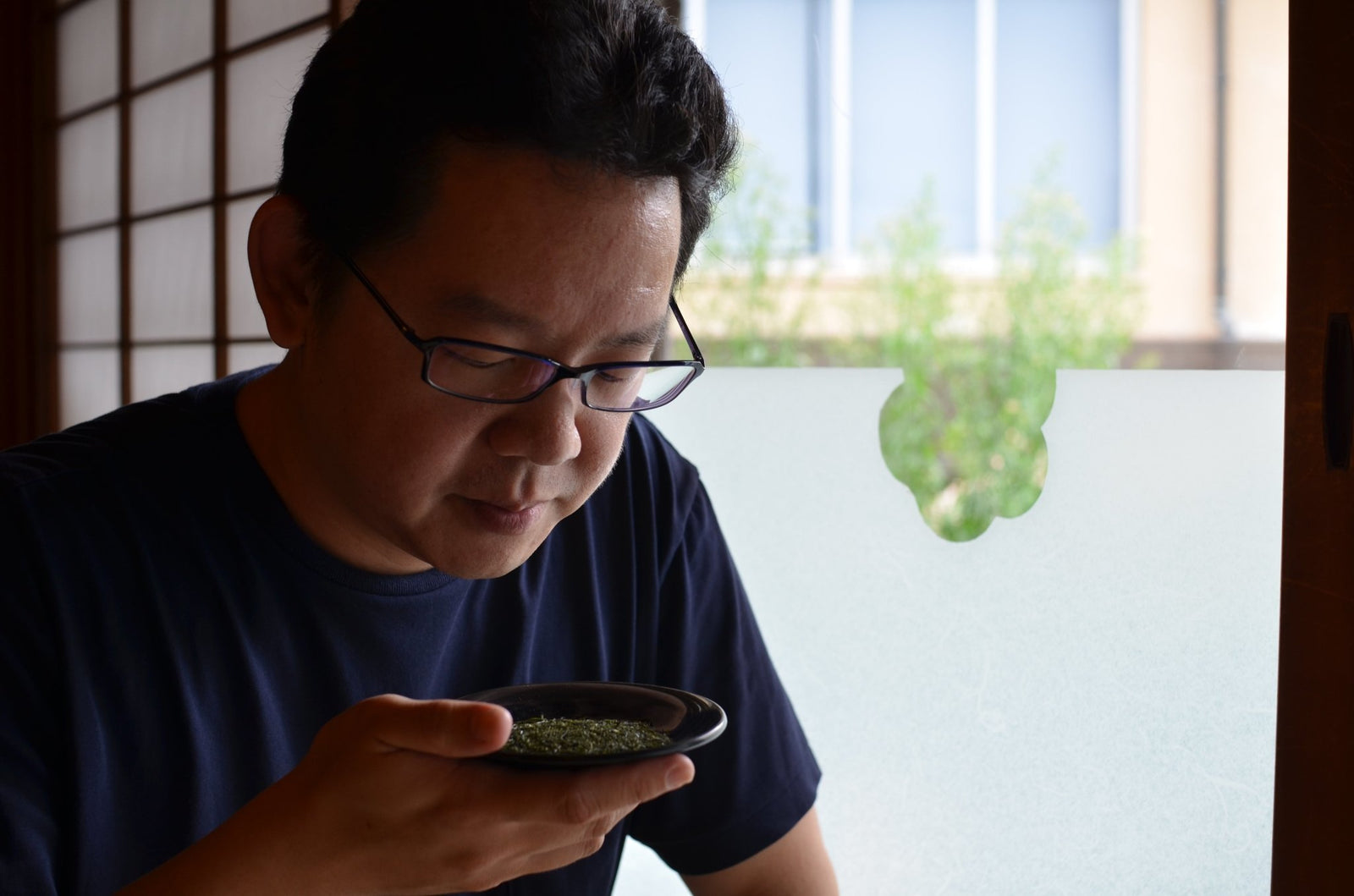On niin paljon opetettavaa... mistä aloitan? Haluatko tietää jotain japanilaisesta teestä, jota et löydä muualta verkosta?
Anna meidän auttaa! Tämä blogikirjoitus on nimetty Kysy minulta mitä tahansa. Jätä kysymys artikkeliehdotukseksi, ja jos (milloin) päätämme kirjoittaa artikkelin, saat ilmaisen pussin valitsemaasi teetä! (enintään 30 dollaria)



17 kommenttia
Hello! Can you please tell me what the imperial grade of the match means? I thought there were only ceremonial, premium and culinary varieties.
I order a match either in Japan, or only in one store in Moscow. I live in Russia, Moscow I saw about the imperial grade of the match on European sites.
Thank you for your work!
Do you have a representative office in Russia?
My article suggestion is about the difference between the different types of Hojicha and Bancha. Usually these types are still confused in Europe.
( I have been working in a tea house in Italy for 4 years and usually people didn’t know the difference between Bancha and Hojicha).
Also, I wish to have more info regarding the “fermented” Japanese teas.
thanks!
elisa
Hi,
I’ve been watching your live stream on Instagram. I really liked it, very intresting and well described.
I am currently living in Tokyo and I wish to go and visit your farm.
I’ve already been to visit a farm in Kagoshima and Kyoto prefecture, and I would like to discover more!
Please tell me if you welcome visitors in order to explain the tea processing and show the farm and fields.
thank you so much,
elisa
Does the shape of the yunomi or chawan affect the taste of the tea? Why do we drink matcha out of a stout shallow cup and we drink brewed tea out of a taller and thinner cup? Also, how does the shape of the vessel we drink the tea out of affect the experience of the tea? Thank you for answering my questions.
I would like to understand, how does each of the three main Japanese Tea Ceremony School (Urasenke, Omotesenke, Mushakojisenke) decide which matcha, its producers etc are best suited for their ceremonies? Is it a purely flavour based decision, look of the matcha, or purely marketing related? Thank you and looking forward to your reply.
I would be interested in learning more about how the color and appearance of teas affect their taste- does flattening the leaves impact their taste; or how much of a difference it makes whether the tea is translucent vs opaque; what makes a tea grassy; is there a way to tell from the color that the tea will have a strong umami flavor?
What are the differences in teas from the major Japanese growing regions, and how do they impact flavors, tea styles, etc.?
I’d like to know more about organic tea farming in Japan. Specifically, what are the prevalent opinions among tea farmers in Japan about the benefits and disadvantages of organic methods and certifications? What are the tea-specific challenges of organic farming? For instance, are some styles or cultivars more or less difficult to grow organically than others? What practices have organic tea farmers developed to overcome the costs and challenges of organic farming? Is there any consensus among farmers about the quality (or potential quality) of organic tea compared to that of conventionally grown tea? Etc. Thanks for offering insight into this!
Do you have your shops in Brussels? When the new harvest Matcha will be solde.?
How do different cultivars of tea affect the taste of the final product?
Hello,
I have been researching the obesity problem for about 10 years and I have found that Japan has only 4 percent obesity rate comparing to the U.S.A. obesity rate which is 40 percent. I like to know if the consumption of certain type of teas and when the teas are drunken have something to do with preventing Japanese people to become obese.
Thank you,
Maria
How does steaming time affect on tea?
The best places to travel in Japan to learn about Japanese tea, visit tea farms, experience the best tea tasting options and to experience Japanese tea ceremony.
I already made one suggestion about teaware but another question came to mind that I really can’t find the answer to anywhere: What are the primary differences between “mountain grown” and regular (I assume plateau grown) Japanese tea? How does it affect taste? nutrients? etc.
I’d love to see an article on Japanese teaware and why it is so well suited to Japanese tea. Be sure to include things like the kyusu, shiboridashi, and your namesake, the yunomi cup. Thanks for asking!
Can you talk about matcha color importance? My jar doesn’t have the strong green color, I believe due to storing it at room temperature. Should it be refrigerated and when the color fades is it still good to drink?